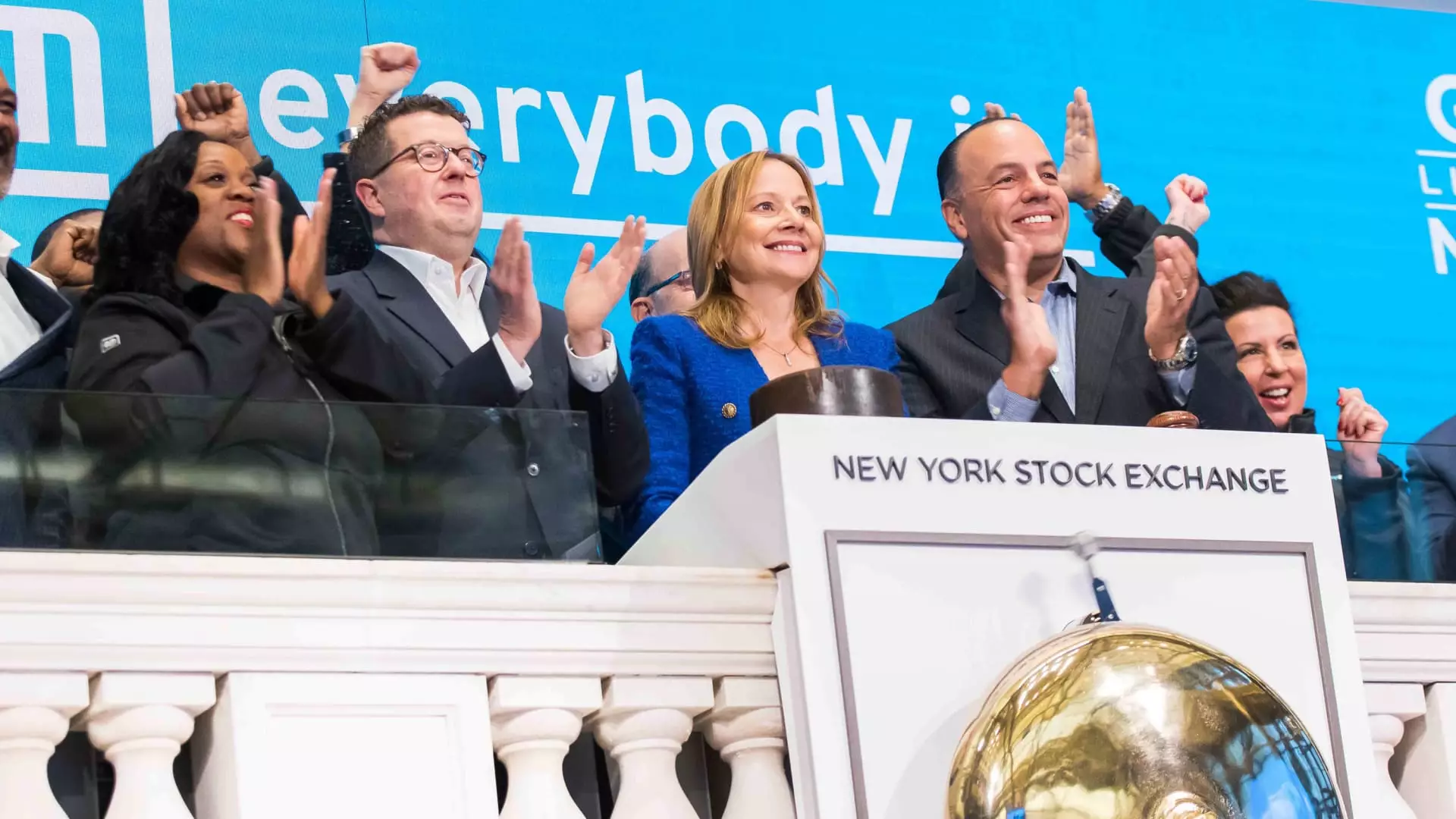In a recent announcement that surprised analysts and investors alike, General Motors (GM) revealed a strategic plan aimed at rewarding shareholders while navigating the complexities of a challenging automotive market. This move, which includes a significant increase in the company’s dividend and a robust new share repurchase program, signals GM’s intent to maintain investor confidence despite facing headwinds such as declining sales and regulatory uncertainties.
Dividend Increase: A Signal of Confidence
GM has confirmed a 25% increase in its quarterly dividend, raising it from 12 cents to 15 cents per share. This change aligns GM’s dividend payout with that of its Detroit competitor, Ford Motor. The increased dividend not only provides immediate financial benefits to shareholders but also serves as a solid statement of confidence in GM’s long-term sustainability and resilience. The transition to this higher payout is expected to take effect during the company’s next scheduled dividend announcement in April.
Such a move can be interpreted as GM’s attempt to reassure investors amid performance fluctuations. The automotive industry has been grappling with a slump in sales, and the announcement reflects a calculated decision to uphold shareholder value even in the face of external pressures. By boosting dividends, GM is strategically positioning itself to appeal to income-focused investors, which could contribute positively to its market image.
Share Repurchase Program: A Robust Strategy
In addition to increasing the dividend, GM has launched a new $6 billion share repurchase program aimed at increasing shareholder value through stock buybacks. The company plans to execute $2 billion worth of accelerated share repurchase transactions during the second quarter, signaling a proactive approach to managing its equity capital. This initiative is particularly noteworthy as it follows GM’s earlier announcement of $16 billion in stock buyback initiatives since the beginning of 2023, resulting in the repurchase of over a billion outstanding shares.
The strategy behind share repurchases is straightforward: by reducing the number of shares in circulation, GM can effectively boost earnings per share (EPS), benefiting shareholders left holding shares and potentially increasing the stock price. This repurchase program is to be executed by major financial institutions including JPMorgan and Barclays, showcasing GM’s commitment to leveraging financial partnerships to enhance its strategic objectives.
Despite these positive actions, GM’s stock has notably declined over 12% in the current year, raising questions about the underlying issues affecting its market performance. Analysts attribute this downturn to a combination of plateauing industry sales and uncertainties regarding regulatory policies affecting tariffs and international trade. As competitors also grapple with similar market dynamics, GM faces the challenge of differentiating its strategic approaches in order to stimulate growth.
Moreover, while the company has projected net income attributable to stockholders in the range of $11.2 billion to $12.5 billion for 2025, such positive outlooks must be contextualized against the backdrop of a competitive and volatile market. The reality remains that external factors can significantly impact performance metrics, and GM must remain vigilant in adapting to rapid shifts in public policy and market demand.
In response to these uncertainties, GM’s executives, including CEO Mary Barra and CFO Paul Jacobson, have expressed cautious optimism about the company’s outlook. Their statements emphasize a robust commitment to capital allocation strategies that prioritize business reinvestment and shareholder returns. Jacobson’s assertion that the company will be agile in responding to changes in public policy further underscores GM’s preparedness to navigate potential challenges ahead.
To sum up, GM’s recent strategic steps—including a substantial dividend hike and an ambitious share repurchase program—demonstrate a concerted effort to boost shareholder confidence amidst an uncertain landscape. However, the underlying market challenges cannot be overlooked, making it crucial for GM to continue evolving its strategies to secure both short-term and long-term growth in the competitive automotive industry.


Leave a Reply